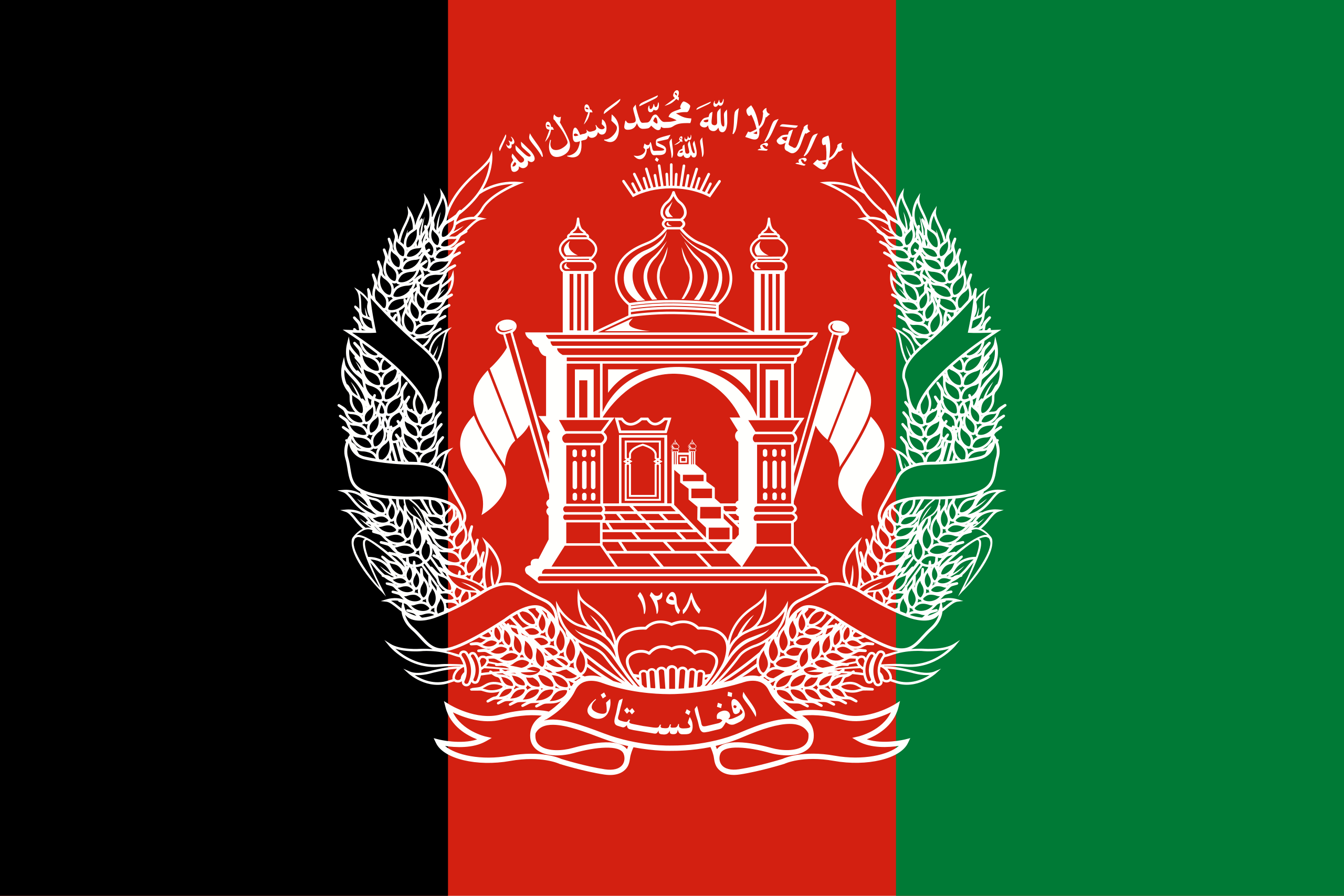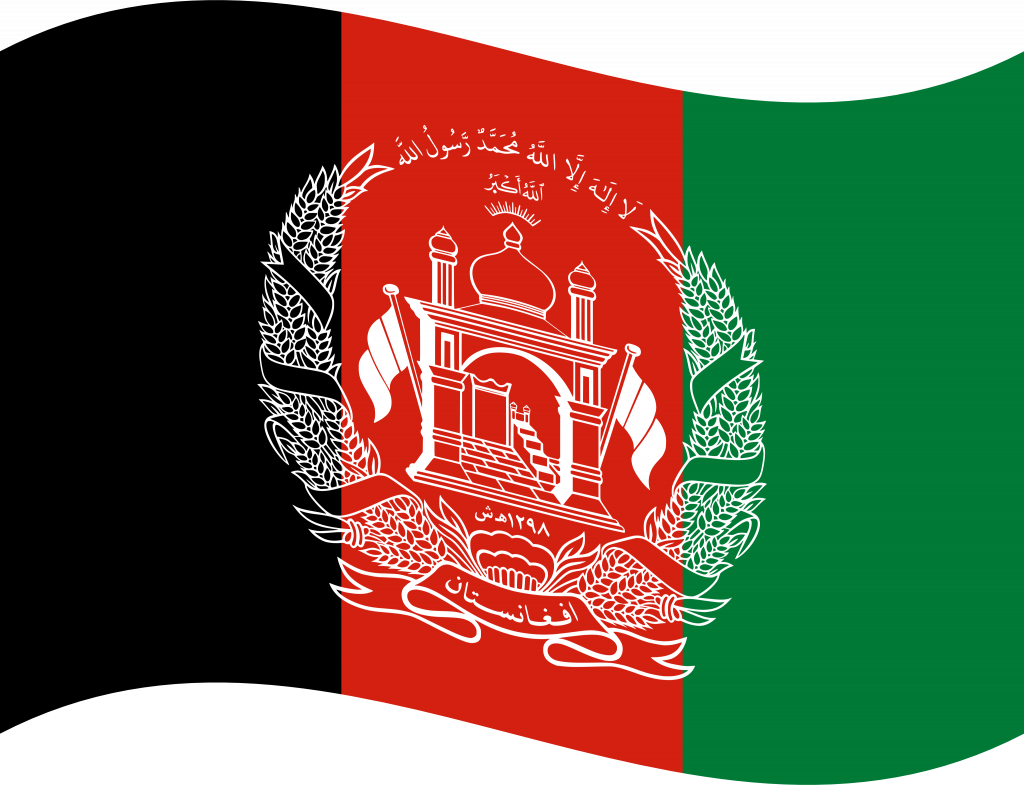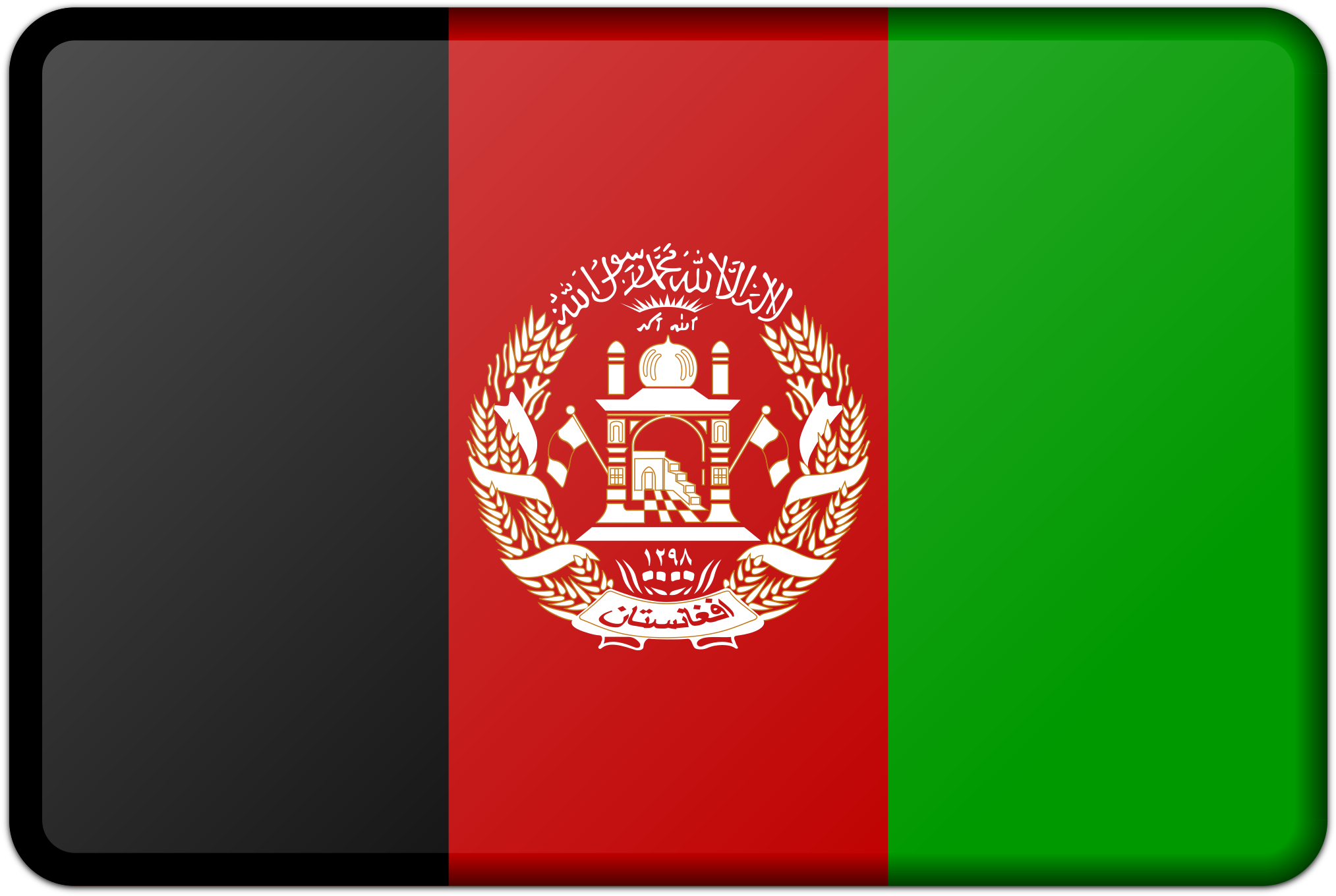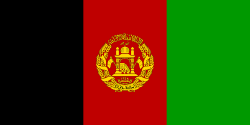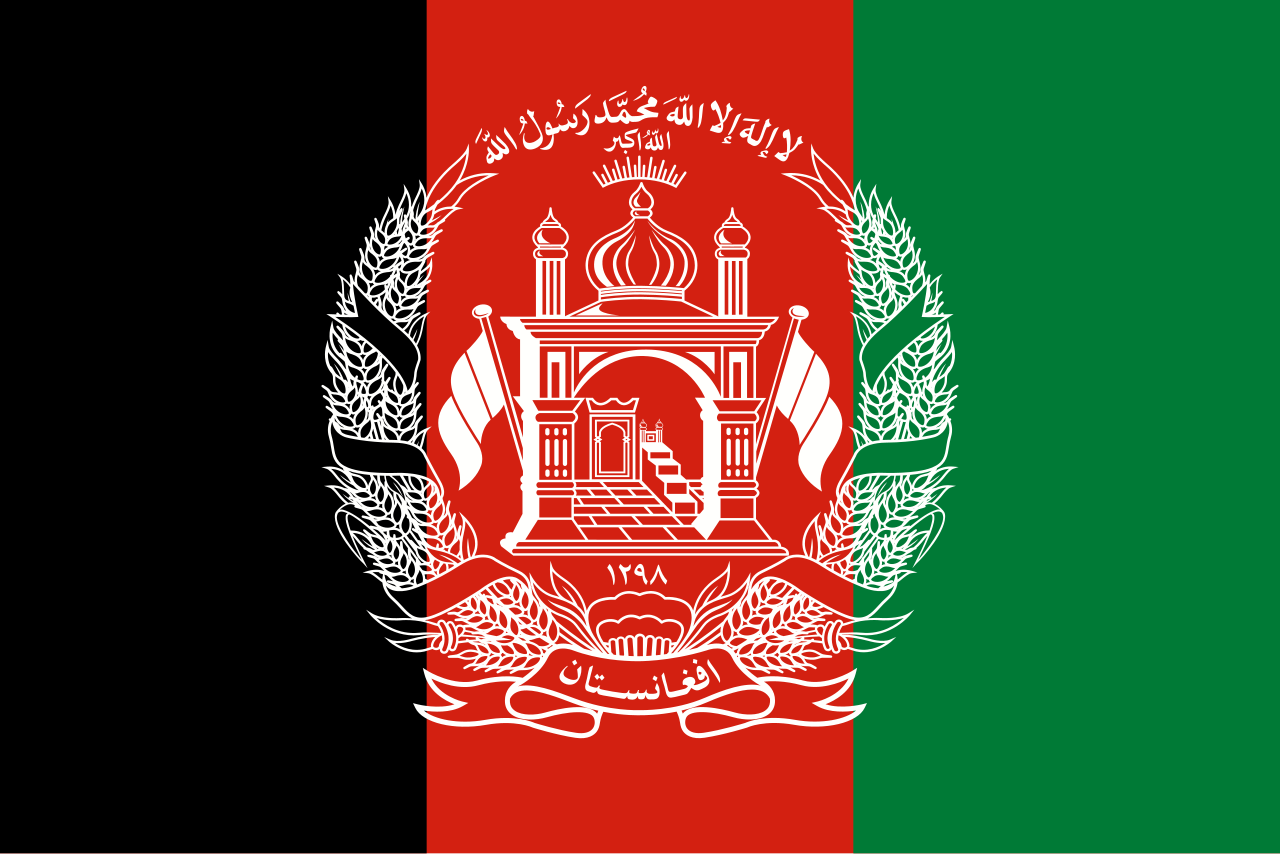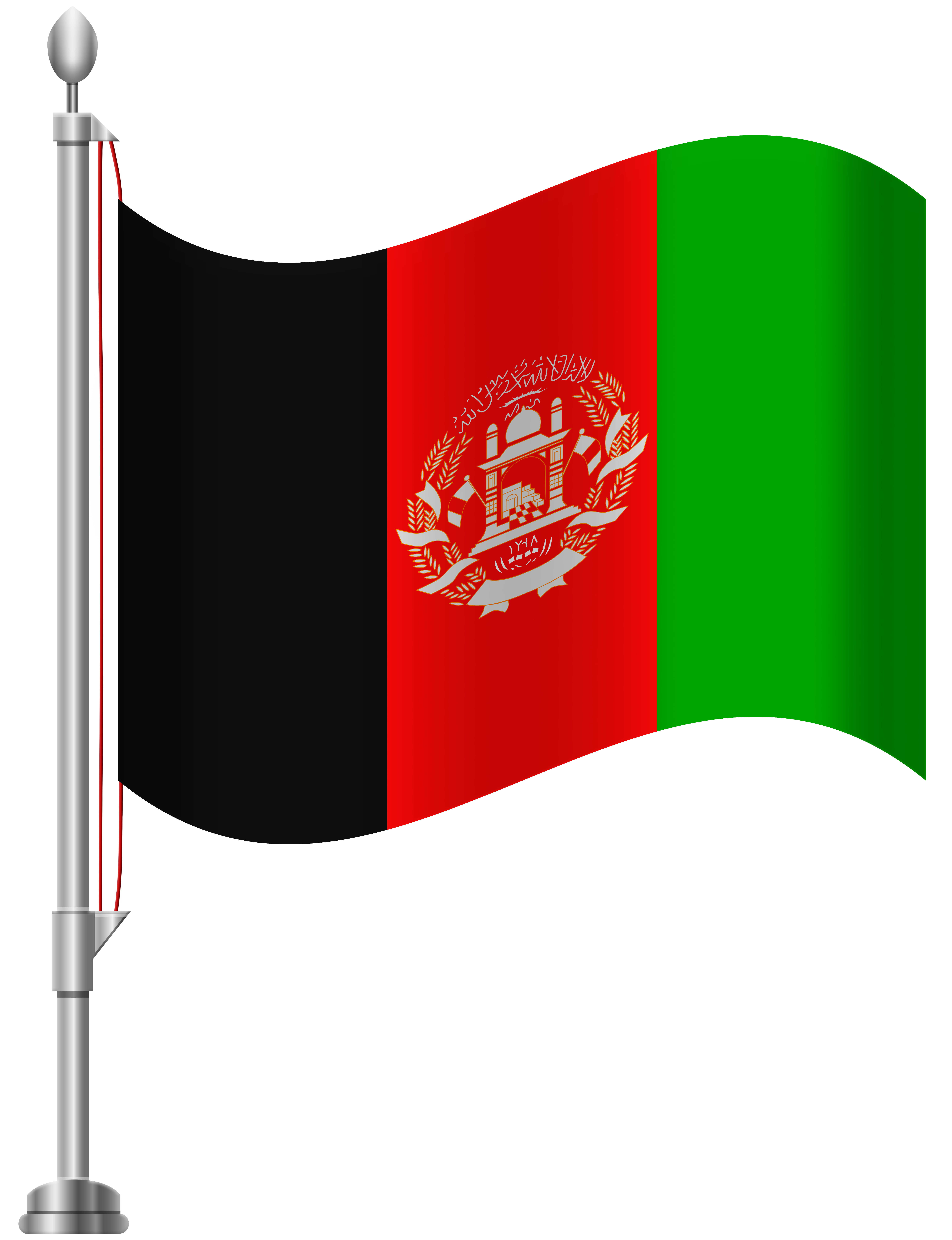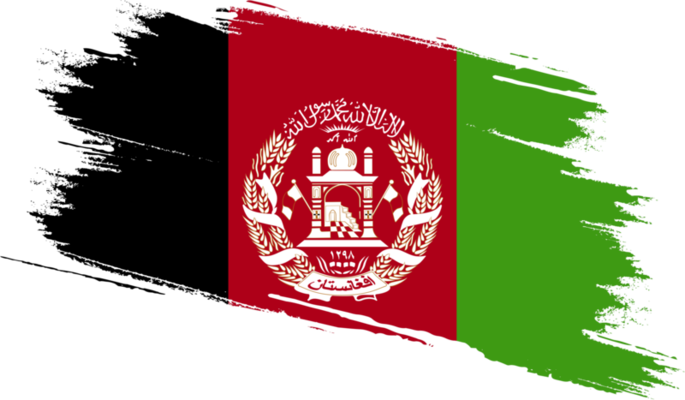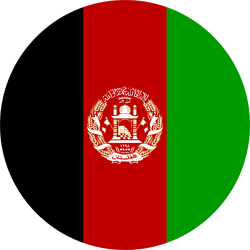Flag of Afghanistan PNG
Flag of Afghanistan: A Symbol of Heritage and ResilienceThe national flag of Afghanistan is more than just a piece of fabric — it is a powerful emblem of the country’s turbulent history, diverse culture, and deep-rooted national identity.
Origins and Historical Evolution
The flag of Afghanistan has undergone numerous changes throughout its history — more than any other nation. Since the early 20th century, over 20 different versions of the flag have been used. These changes reflected shifts in political regimes, ideologies, and national movements.
The Black, Red, and Green Tricolor
The most recognized version of the Afghan flag is the black-red-green tricolor with a central emblem. This design was reintroduced several times, notably during the reign of King Amanullah Khan in 1928 and later under different governments. Each color has a symbolic meaning:
- Black represents Afghanistan’s troubled past.
- Red stands for the blood shed in the fight for independence.
- Green signifies hope and the Islamic faith.
The Emblem in the Center
At the heart of the flag is a traditional Afghan emblem that often includes a mosque with a mihrab facing Mecca, flags, sheaves of wheat, and the Islamic declaration of faith. This emblem emphasizes Afghanistan’s Islamic identity and national sovereignty.
Recent Changes and Current Use
As of 2021, following the return of the Taliban, the official flag of Afghanistan has been changed to a white background with black Arabic script bearing the Shahada (Islamic declaration of faith). However, the black-red-green tricolor is still used by Afghan diaspora communities and is widely recognized internationally as the national symbol of Afghanistan.
International Recognition and Cultural Impact
The tricolor Afghan flag remains a strong symbol of unity and identity for millions of Afghans worldwide. It has appeared in protests, cultural events, and global demonstrations supporting the Afghan people.
Did You Know?
Afghanistan has changed its flag more than 25 times — the most of any country in modern history.
Get the Flag of Afghanistan in High-Quality PNG
Looking to download a high-quality PNG image of the flag of Afghanistan? Our collection offers clean, transparent-background versions for educational, editorial, and design purposes.
Explore the story behind every stripe and symbol on the Afghan flag — a design that tells a thousand years of resilience.
